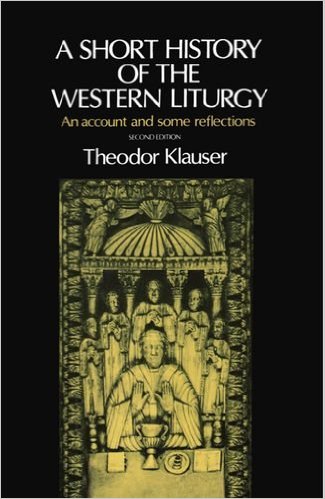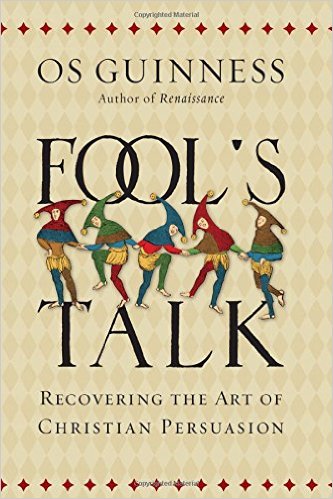Klauser: A Short History of the Western Liturgy
 Jeg leser i dag ferdig Theodor Klauser: A Short History of the Western Liturgy. Det er ei nokså kort bok (litt over 200 s) og en del av stoffet er godt kjent for meg, men han skriver bl.a. en del interessante ting om hvordan Tridentinerkonsilets liturgireformer ble gjennomført. På Amazon kan vi bl.a. lese dette om boka:
Jeg leser i dag ferdig Theodor Klauser: A Short History of the Western Liturgy. Det er ei nokså kort bok (litt over 200 s) og en del av stoffet er godt kjent for meg, men han skriver bl.a. en del interessante ting om hvordan Tridentinerkonsilets liturgireformer ble gjennomført. På Amazon kan vi bl.a. lese dette om boka:
Dr. Klauser presents a classical interpretation of the changes and developments in the liturgy from the time of Christ to Vatican Council II. The work is divided into four periods which have become standard designations: from the Ascension of Jesus to Gregory the Great, «creative beginnings,» (30-590); from Gregory the Great to Gregory VII, «expansion under Franco-German preeminence,» (590-1073); from Gregory VII to the Council of Trent, «luxuriant growth,» (1073-1545); and from Trent to Vatican II, «unification and regulation,» (1545-1963). Each period is introduced with a concise summary followed by Dr. Klauser’s discussion.
Her kan man lese et svært grundig referat av boka.
Boka kom ut i 1965, og er langt på vei preget av de overoptimistiske forsøkene på å reformere liturgien. Klauser mener bl.a. at den gamle messen som den nye eukaristiske bønn II bygger, på virkelig går tilbake til Roma og til Hippolytus. Jeg er derimot blitt overbevist om at det ikke er tilfelle, slik Wikipedia kortfattet uttrykker det:
… In recent scholarship, it has been suggested that the attribution to Hippolytus (is incorrect) and suggests that the Apostolic Tradition is a composite work modified over the centuries. According to this view, the anaphora probably attained its final form around the mid of the 4th century AD and it shall not to be related to Rome but to West Syria or even to Egypt. Some scholars also suggest that the Apostolic Tradition portrays a liturgy that was never celebrated. …
Dette blir grundigere diskutert av Paul Bradshaw og av John Baldovin, S.J.

 Os Guinness er en av personene knyttet til Francis Schaffer (som
Os Guinness er en av personene knyttet til Francis Schaffer (som  Jeg ble for noen få dager siden kontaktet ang en mulig nyutgivelse av Francis Schaeffers bok Skjebnetime, som jeg oversatte til norsk i 1985. Francis Schaeffer og hans arbeid på L’Abri betydde mye for meg i mange år, og da jeg ble kontaktet om boka, dukket mange gamle minner opp (jeg møtte bl.a. min kone på L’Abri i Sveits i 1985). Tidligere i dag leste jeg bl.a. om en debatt om Francis Schaeffer i Norge i 2011 –
Jeg ble for noen få dager siden kontaktet ang en mulig nyutgivelse av Francis Schaeffers bok Skjebnetime, som jeg oversatte til norsk i 1985. Francis Schaeffer og hans arbeid på L’Abri betydde mye for meg i mange år, og da jeg ble kontaktet om boka, dukket mange gamle minner opp (jeg møtte bl.a. min kone på L’Abri i Sveits i 1985). Tidligere i dag leste jeg bl.a. om en debatt om Francis Schaeffer i Norge i 2011 –